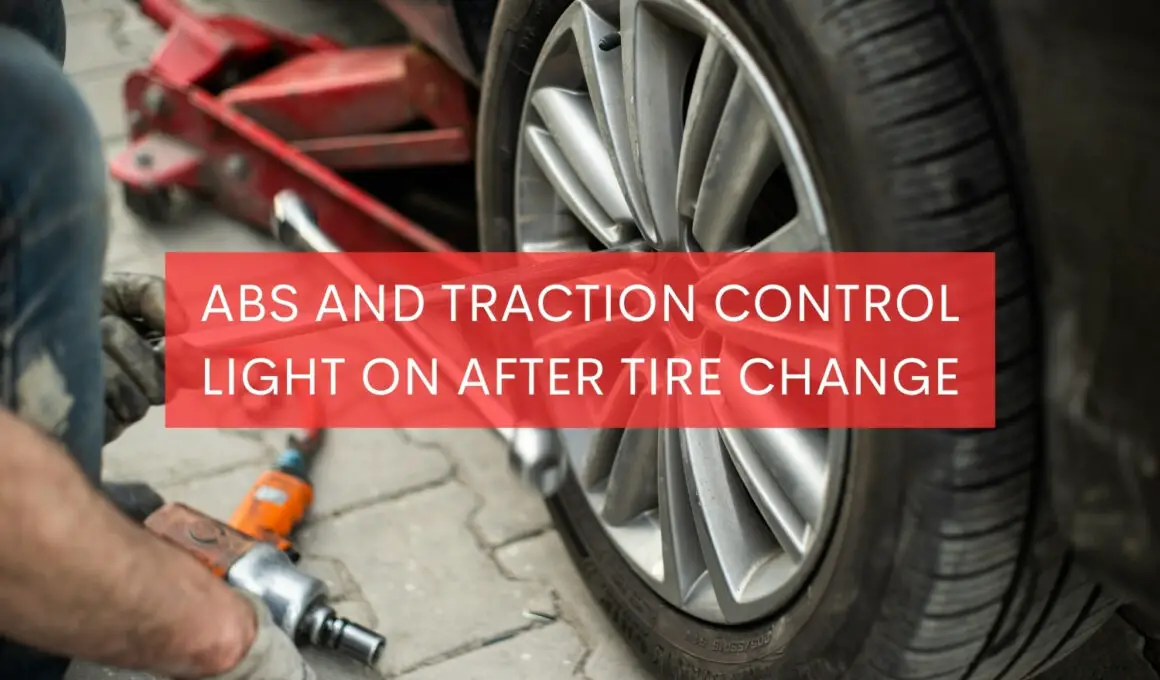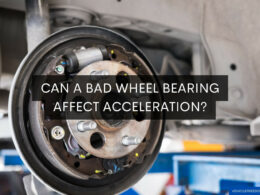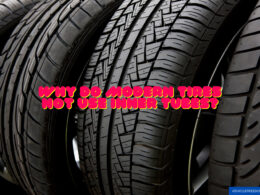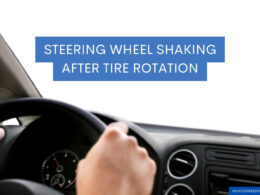In This Article Show
The activation of ABS and traction control lights after a tire change is a problem that may seem minor, but in reality, it’s a signal that your vehicle’s safety systems may not be working as they should.
It is crucial to understand these systems, their roles in vehicle safety, and how they interact with your tires. Both ABS (Anti-lock Braking System) and traction control systems significantly stabilize your car, especially under challenging road conditions.
When their warning lights come on, especially after a tire change, it’s a clear sign that something needs to be addressed. Today, we will delve into the possible causes of this issue and offer practical solutions to get your vehicle back to optimal performance.
Understanding ABS and Traction Control Lights
Understanding your vehicle’s safety systems, especially the ABS and Traction Control systems, is crucial for every driver.
Let’s start with the ABS, or Anti-lock Braking System. This system prevents your wheels from locking up or skidding during braking, especially on slippery surfaces. By doing this, the ABS allows you to maintain steering control while braking, which is vital for evading obstacles.
On the other hand, we have the Traction Control system, often working hand-in-hand with ABS. Traction Control helps prevent wheel spin during acceleration, especially on slippery or loose surfaces.
This system aids in maintaining control of your vehicle when accelerating from a standstill or during a sharp turn.
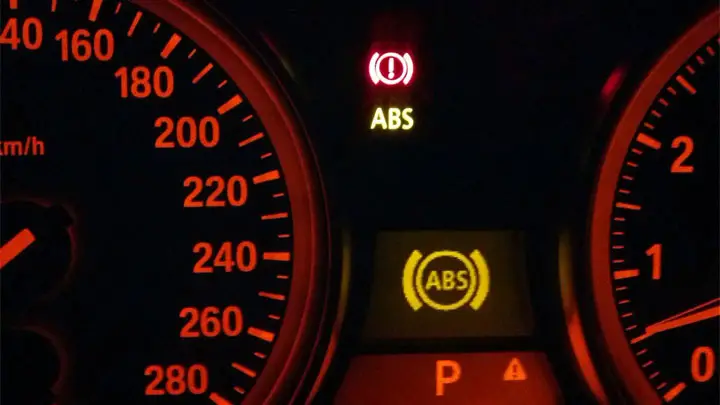
Causes of ABS and Traction Control Light Turning On After Tire Change
In my career spanning over 15 years as a mechanic, I’ve seen many instances where the ABS and Traction Control lights turn on after a tire change. While it might seem confusing, a few common reasons exist for this occurrence.
1. Inappropriate Tire Size
One of the most common reasons is inappropriate tire size. The ABS and Traction Control systems are calibrated according to the original tire size of your vehicle. If the new tires are of a different size, it can confuse these systems, triggering the warning lights.
2. Damaged ABS Sensor
The ABS sensor, also known as the wheel speed sensor, can accidentally get damaged during a tire change. The sensor reads the speed at which your tires are rotating and communicates this to the ABS and Traction Control systems. If damaged, these systems may not function correctly, causing the warning lights to illuminate.
3. Disconnected or Loose Connectors
The tire changing process involves handling various connectors and wires around the wheel. If any of these get disconnected or loose during the process, it can disrupt the signals to the ABS and Traction Control systems, triggering the warning lights.
4. Resetting of the Vehicle’s Computer System
The vehicle’s computer system might sometimes need a reset after a tire change, especially if new sensors have been installed. If the system isn’t reset, it could result in the ABS and Traction Control warning lights staying on.
5. Improper Tire Installation
Lastly, improper tire installation can lead to uneven wheel speed, triggering the ABS and Traction Control warning lights.

How to Diagnose the Issue
When faced with the ABS and Traction Control lights coming on after a tire change, diagnosing the issue might seem daunting but with the right steps, it can be straightforward.
1. Using an OBD-II Scanner
The first step in diagnosing this issue is using an On-Board Diagnostics II (OBD-II) scanner. This tool can read error codes from your vehicle’s computer system, giving you a starting point for your investigation. These codes can indicate if there is a problem with the ABS sensor or other components.
2. Manual Inspection of the ABS Sensors and Wiring
If the OBD-II scanner points towards a problem with the ABS sensor, or if you don’t have a scanner, a manual inspection might be necessary. Look for visible damage to the ABS sensor and wiring around the tires that have been replaced. Also, ensure all connectors are secure and properly attached.
4. Assessing Tire Size and Pressure
Check the tire size of the newly installed tires and compare it with the original tire size recommended for your vehicle. A significant size difference could be the cause of the issue.
Also, ensure the tire pressure is at the recommended level, as incorrect tire pressure can cause uneven tire rotation speed, confusing the ABS and Traction Control systems.
By methodically going through these steps, you should be able to identify the root cause of the problem.

Fixes for ABS and Traction Control Light On After Tire Change
I understand the concerns when you see the ABS and Traction Control lights on. Luckily, we have identified some common causes, and now, let’s look at how we can address them.
1. Replacing Damaged ABS Sensors
If the ABS sensor is damaged, the most effective fix is to replace it. Ensure to choose high-quality replacements that are compatible with your vehicle’s make and model. This task might require a professional mechanic’s help if you’re not comfortable doing it yourself.
2. Reconnecting Loose Connectors
If any connectors around the tire have been accidentally disconnected or loosened during the tire change, ensure they are properly reconnected. These connectors play a crucial role in signal transmission to the ABS and Traction Control systems.
3. Resetting the Vehicle’s Computer System
If the vehicle’s computer system needs a reset, you can typically achieve this by disconnecting the battery for a few minutes, then reconnecting it. However, make sure to consult your vehicle’s manual or a professional before doing this, as some vehicles may have specific reset procedures.
4. Ensuring Correct Tire Size and Installation
If the tire size is inappropriate, consider getting tires that match your vehicle’s original specifications. Also, ensure the tires are properly installed and inflated to the correct pressure.
5. Seeking Professional Help
If the issue persists, it’s advisable to seek professional help. A skilled mechanic can perform a thorough inspection and accurately identify the problem.
By taking these steps, you should be able to turn off those warning lights and ensure your vehicle’s ABS and Traction Control systems are functioning correctly.
Wrapping it up
I can’t stress enough the importance of addressing ABS and Traction Control lights when they come on after a tire change. While these lights might seem confusing, understanding the potential causes and how to fix them can ensure your vehicle remains safe and reliable.
Remember, these systems play an essential role in your vehicle’s safety and performance, particularly in challenging driving conditions.
Never ignore these lights when they appear. Always perform the necessary checks, fix the issues, or consult a professional mechanic if needed.






